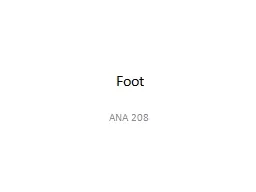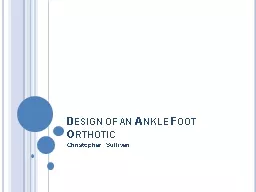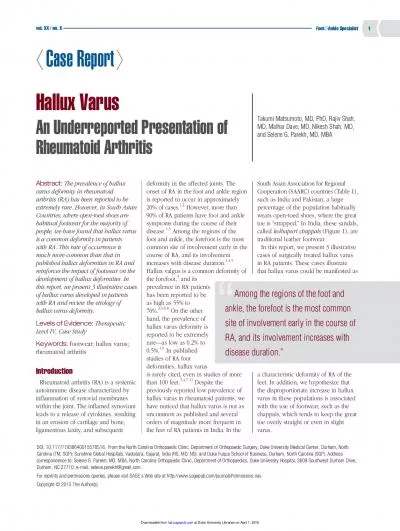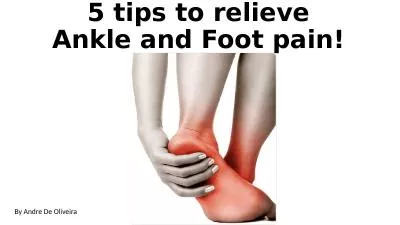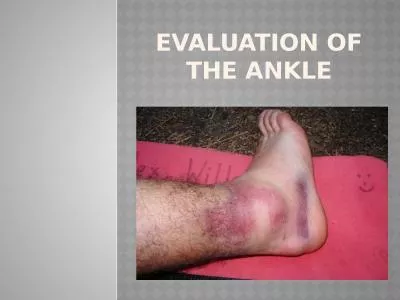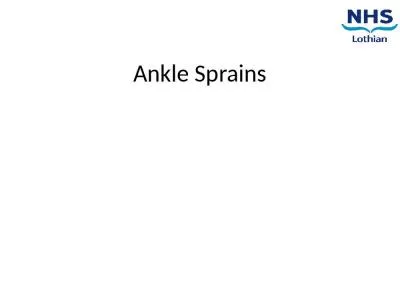PPT-Foot ANA 208 FOOT Ankle: the
Author : caroline | Published Date : 2022-06-20
narrowest and malleolar parts of the distal leg proximal to the dorsum and heel of the foot including the ankle joint Foot provides a platform for supporting
Presentation Embed Code
Download Presentation
Download Presentation The PPT/PDF document "Foot ANA 208 FOOT Ankle: the" is the property of its rightful owner. Permission is granted to download and print the materials on this website for personal, non-commercial use only, and to display it on your personal computer provided you do not modify the materials and that you retain all copyright notices contained in the materials. By downloading content from our website, you accept the terms of this agreement.
Foot ANA 208 FOOT Ankle: the: Transcript
Download Rules Of Document
"Foot ANA 208 FOOT Ankle: the"The content belongs to its owner. You may download and print it for personal use, without modification, and keep all copyright notices. By downloading, you agree to these terms.
Related Documents

